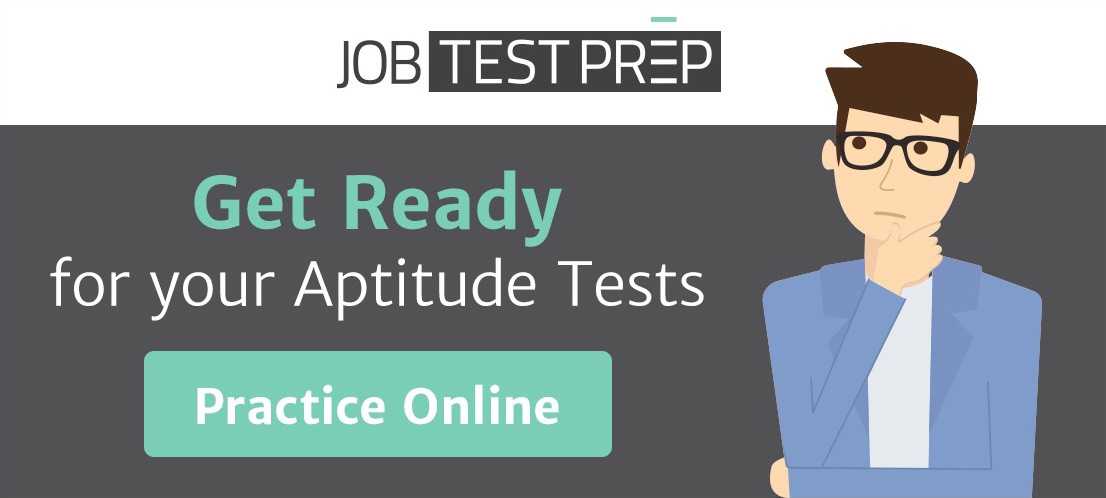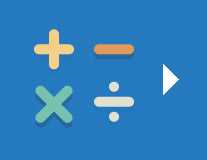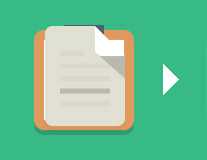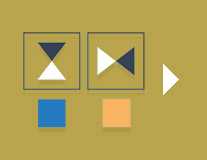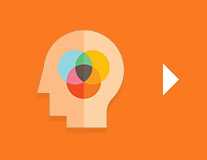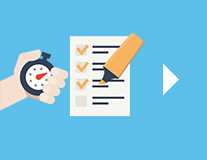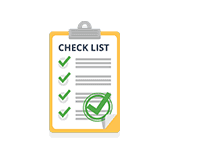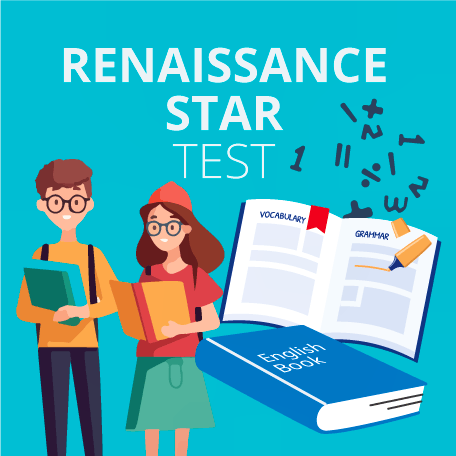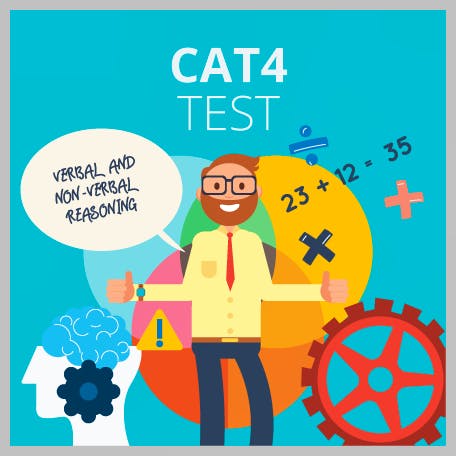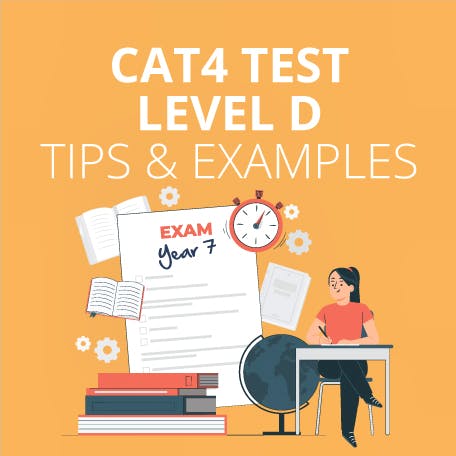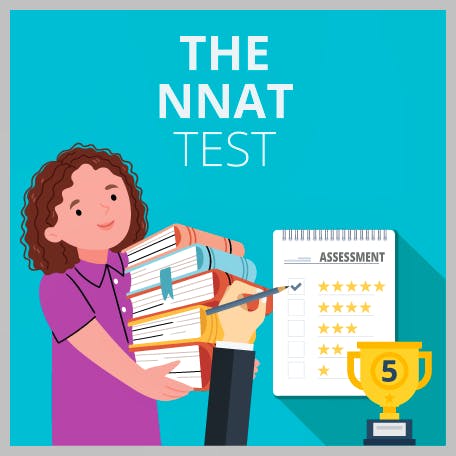A Study Guide for the Renaissance Star Test: with Tips
Updated November 3, 2024
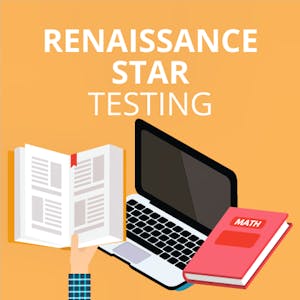

This guide includes useful tips and Renaissance Star testing sample questions to help students prepare for the test and feel confident on test day.
A List of Renaissance STAR Tests Available for Practice in 2025
- STAR Test Practice for 1st & 2nd Grade
- STAR Math 3th & 4th Grade
- STAR Math 5th & 6th Grade
- STAR Reading 3th & 4th Grade
- STAR Reading 5th & 6th Grade
- STAR Early Literacy
What Is the Renaissance Star Assessment?
Renaissance Learning Star testing is a widely used computer-adaptive test that measures student proficiency in reading, math and early literacy.
Star assessments provide teachers and administrators with valuable insights into student progress. It also helps identify areas where additional support may be needed.
The Renaissance Star testing was developed by the education technology company Renaissance Learning.
The company was founded in 1986 by Judi and Terry Paul, who wanted to develop software to help students improve their reading skills.
The Renaissance Star reading test was first introduced in 1996 and has since become a widely used assessment tool in many schools across the USA and worldwide.
It is designed to be administered online and is available in English and Spanish languages, making it accessible to a diverse range of students.
The Star tests are used to:
- Evaluate student learning
- Identify areas of strength and weakness
- Guide future educational instruction
- Measure growth and progress over time
Custom tests tailored to a specific audience are also available.
What Does the Renaissance Star Test Measure?
The Renaissance Star Tests are available for the following subjects:
- Reading for K-12 students
- Math for K-12 students
- Early Literacy for Pre-K students
The reading test has 34 questions and assesses a student's ability to understand and analyze text, including vocabulary, literary devices and reading comprehension.
Skills tested include:
- Literature – Structure, word meaning, connotation, analysis and comparison
- Informational text – Cause and effect, main themes, text features and purpose
- Language – Word relationships, structural analysis, synonyms, antonyms and figure of speech
The Math test assesses a student's proficiency in math, including problem-solving, mathematical reasoning and procedural fluency.
Skills tested in grades K-8 include:
- Operations and algebraic thinking
- Expressions and equations
- Ratios and proportional relationships
- Measurement and data
- Statistics and probability
- Geometry
- Functions
Skills tested in grades nine to 12 include:
- Interpreting functions
- Congruence
- Geometric measure and dimension
- Reasoning with equations and inequalities
- Similarity, right triangles and trigonometry
- The complex number system
The Early Literacy test measures proficiency in early literacy skills. There are 27 questions—22 are literacy-based and five are numeracy based.
Skills tested include:
- Phonics and word recognition
- Vocabulary acquisition and use
- Fluency
- Phonological awareness
- Counting and cardinality
Questions are multiple choice, and the tests are not timed. Typically, it takes between 20 to 30 minutes to complete the reading and math tests.
Renaissance Star Testing Examples
Renaissance Learning Star Reading Sample Questions
Below are some sample questions. Note that the difficulty level of questions varies depending on the grade and subject area being assessed.
Renaissance Star Math Sample Questions
1. A car is driving at a constant speed of 40 miles an hour. How far will the car go in two and a half hours?
a) 60 miles
b) 80 miles
c) 100 miles
d) 120 miles
2. Which of the following decimals is equivalent to ¾?
a) 0.25
b) 0.5
c) 0.75
d) 1.25
1. Which of the following sentences contains a simile?
a) The wind howled through the trees
b) The sun shone brightly in the sky
c) Her hair was as red as a rose
d) The dog barked loudly at the mailman
2. Read the following passage and answer the question:
’Tommy was a little boy who loved to play outside. He loved to run and jump and climb trees. One day, he saw a big hill in the distance and decided to run to the top. He started running, and after a while, he began to get tired. But he didn't give up. He kept running, and soon he reached the top of the hill. He was very proud of himself!’’
What did Tommy do when he saw the big hill in the distance, and how did he feel when he reached the top?
a) Tommy decided to climb the tree and felt scared when he reached the top
b) Tommy decided to run to the top of the hill and felt tired along the way
c) Tommy decided to ride his bike up the hill and felt bored when he reached the top
d) Tommy decided to take a nap on the hill and felt refreshed when he woke up.
1. Which of the following words has the same beginning sound as 'ball'?
a) Cake
b) Pen
c) Dog
d) Bear
2. Which of the following words rhymes with ‘hat’?
a) Frog
b) Pen
c) Dog
d) Bat
If you want 12-month access to all the practice resources for this test, our partner TestPrep-Online.com offers a Family Membership.
Family Membership gives you access to all the TestPrep-Online resources for the next 12 months. You will also get two separate accounts, which can be very helpful if you have two children preparing for their tests.

How to Prepare for a Renaissance Star Assessment
Step 1. Get Familiar with the Test Format
It’s important to familiarize your child with the format and structure of the test.
You can find sample questions and practice tests on the Renaissance website or at various sites such as TestPrep-Online.
Review the work your child has completed at school. Go through examples and check their understanding of key concepts.
Step 2. Take Star Renaissance Practice Tests Online
Practice with materials that are similar to the ones that will be used on the test.
There are sample practice tests available as free or paid versions.
Understanding the types of questions and format of the test helps reduce test anxiety and increase confidence.
Having experienced what it is like to sit a computer-adaptive test means their results will truly reflect their abilities.
Step 3. Identify Strengths and Weaknesses
Take practice tests and review previous test results to identify areas where your child needs more practice or support.
Focus your preparation on these areas to improve your performance.
This allows for more targeted preparation and improves their overall performance on the actual test.
Remind your child that every question must be answered in the Star test. If they are unsure, they must take an educated guess.
Step 4. Learn Through Play
Play is more fun than focused study. Your child will be more engaged and motivated to learn if you practice word puzzles or play number games.
For example, if your child is taking the Star Reading test, practice reading through various texts and answering comprehension questions or play word games like Scrabble.
If they are taking the star math test, play some card games and make up games using the basic operations.
These real-world experiences of literacy and numeracy will help your child identify similar concepts in the test.
Step 5. Improve Time Management and Focus
When practicing similar online tests, you can time your child so they get an idea of how many questions they can complete in a given time.
Make sure they get plenty of rest the night before the test so they are well-rested and alert during the test.
Provide a healthy breakfast to help them stay focused and alert during the test.
Remind them to stay calm and relaxed during the test and that they are prepared and ready to do their best.
Renaissance Star testing is a useful assessment tool used in K-12 education to measure student academic progress and growth.
Star tests are available for math, reading and early literacy.
The test is designed to challenge students and measure their progress, but with proper preparation, students can perform well.
It is an adaptive test, so responses to questions determine the difficulty of the following question.
To prepare for the Renaissance Star testing, students can review their school work and familiarize themselves with the test format and types of questions that may be asked.
Use Renaissance Star testing sample questions available at TestPrep-Online to help your child understand what the actual test will feel like.
Renaissance Star testing is important because it provides valuable information to educators, parents, and students about academic progress and growth.
This data is used to inform instruction and support student success, for example, by providing additional support materials or challenging activities.
The length of the Renaissance Star testing varies depending on the subject and grade level being assessed.
Tests are untimed, but Star reading and math tests typically take 20 to 30 minutes to complete. The Star early literacy test can generally be completed in 20 minutes.
Sample questions for the Renaissance Star testing can be found on the Renaissance website.
For a full guide and sample tests, try a Star test package from TestPrep-Online.
The Renaissance Star testing is meant to assess student academic progress and growth in reading, math and early literacy.
The results provide feedback to educators, parents and students about areas of strength and areas in need of improvement.
In most cases, students are allowed to retake the Renaissance Star test, although policies may vary depending on the school or district.
A full guide for the Star testing, including a Renaissance Star reading practice test, can be found on TestPrep-Online, which has free or paid-for sample Renaissance star questions for all the subjects tested.
Sample questions for the Renaissance Star tests are available on the official Renaissance Learning website and on TestPrep-Online.
Final Thoughts
The Renaissance Star test is a valuable tool for assessing a child's academic abilities in math, reading and early literacy.
By accurately measuring a child’s current abilities, areas that need attention and further development can be identified.
It’s important to approach the test as a means of evaluation rather than a high-pressure assessment, as this can impact the accuracy of results and hinder your child’s progress.
With proper preparation and a positive attitude, the Renaissance Star test serves as a helpful tool for educators, students and parents.

